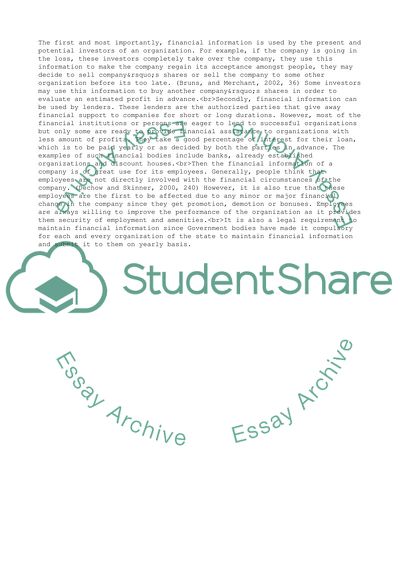Cite this document
(The Sources of the Financial Information for Managers Research Paper, n.d.)
The Sources of the Financial Information for Managers Research Paper. Retrieved from https://studentshare.org/management/1737957-finance-for-managers
The Sources of the Financial Information for Managers Research Paper. Retrieved from https://studentshare.org/management/1737957-finance-for-managers
(The Sources of the Financial Information for Managers Research Paper)
The Sources of the Financial Information for Managers Research Paper. https://studentshare.org/management/1737957-finance-for-managers.
The Sources of the Financial Information for Managers Research Paper. https://studentshare.org/management/1737957-finance-for-managers.
“The Sources of the Financial Information for Managers Research Paper”, n.d. https://studentshare.org/management/1737957-finance-for-managers.


